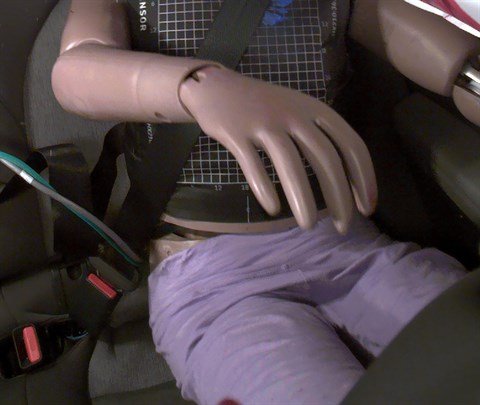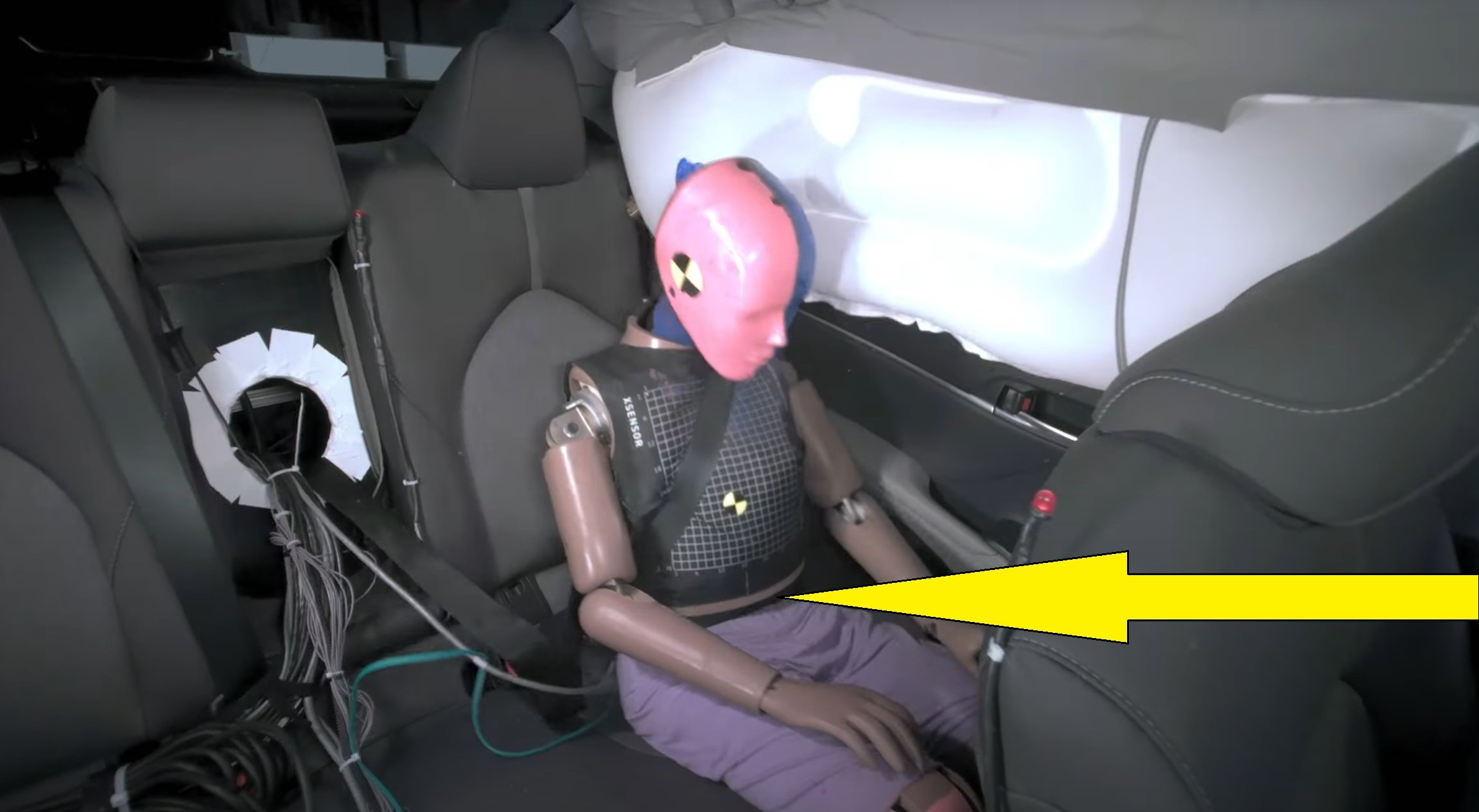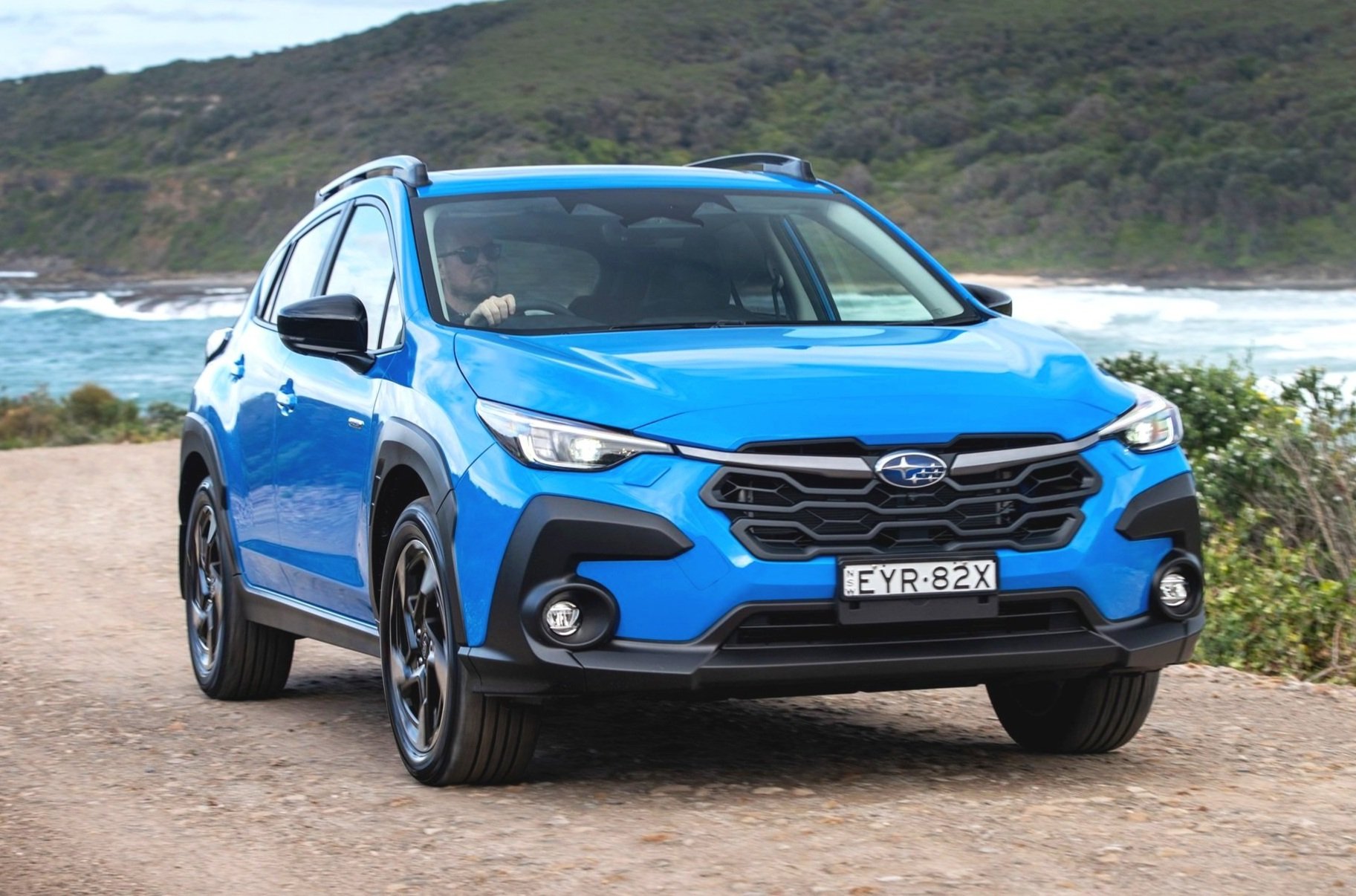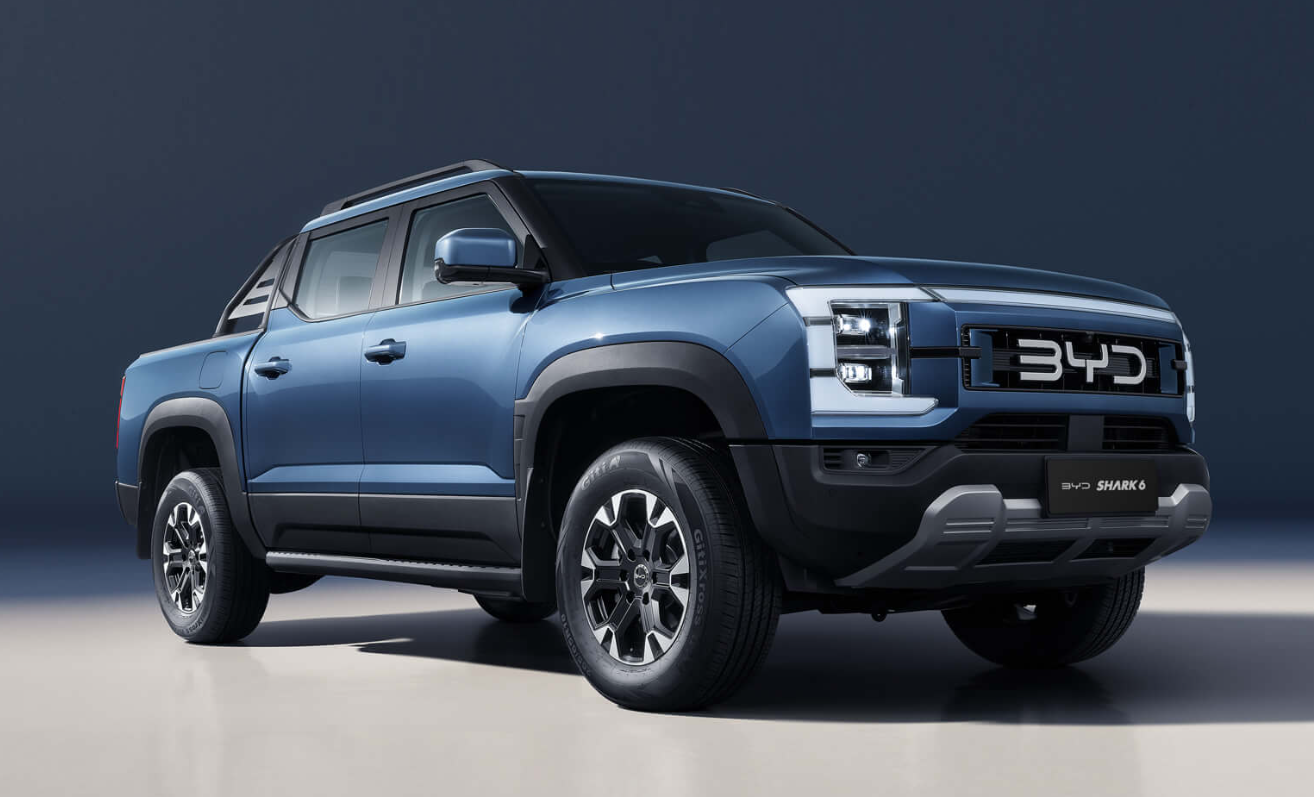Toyota Camry review and buyer’s guide
The Toyota Camry is a medium sedan with a high-value, modest pricetag. If reliable, economical and mundane daily driving is your family’s mission, before SUVs came along, a proper Camry sedan got the job done.
The Toyota Camry is a reliable medium-sized sedan that carries as many people and cargo as a medium SUV, but offers better fuel economy while it does so.
Sales of sedans might have declined rapidly since the midsize SUV became so popular for their greater ground clearance and upright driving position, but that doesn’t mean the merits of a Camry have diminished.
If you’re shopping for a good quality, practical medium sedan the Toyota Camry not only survived the closure of Australian-made Holden Commodores and Ford Falcons, it’s a compelling option if you’re also considering the Hyundai i30 sedan, the Mazda 6 or the Hyundai Sonata.
Nothing is more humble than a Toyota Camry. You could drive one of these to any event or function, whether it be a job interview, funeral, a warehouse to sack 30 employees, and the car will help you fit in. It suits every mood and every occasion.
What does that mean for new car buyers? It means if you’re in the market for a new passenger car, the Camry is likely to suit your criteria. It’s a risk-free option. Or, as risk-free as it gets for a new car. There is a big waiting list on orders, though, so be prepared to sit in line.
Features & Pricing
The current Camry range was first introduced in 2021 and currently spans across four main trim levels; Ascent, Ascent Sport, SX and SL. All come standard with Toyota’s reputable hybrid powertrain tech except the base Ascent, which is offered with an optional 2.5L petrol as well as the hybrid.
Even the price list is humble, starting from $35,051 and topping out at $51,417 for the SL hybrid. These figures have jumped a bit since its 2021 arrival, originally starting from $30,990. Even so, up against the current market trends, it remains a relatively low-cost option for its size and technology.
All models except the base Ascent feature a 9.0-inch touch-screen (7.0in for Ascent), with Android Auto and Apple CarPlay, digital radio, myToyota apps with Waze and Stitcher, while the Ascent Sport and above add sat-nav. The SL also includes a nine-speaker JBL sound system.
All models also come with Toyota Connect Services with automatic emergency call assistance in the event of an accident, with Toyota’s 24/7 emergency call centre, Stolen Vehicle Tracking, and an SOS button.
Interior
Step inside the Camry and you'll immediately notice the amount of room and free and open living environment. Thanks to a redesigned centre console and dash in recent years, Toyota has elevated the cabin's ambience to make it feel more encompassing rather than strict utility.
There are lots of hard plastic surfaces around the place but most of these areas are subjected to heavy traffic, such as the lower door cards which might otherwise be prone to scuffing and marks. With hard-wearing, durable plastic, you don’t need to worry so much.
Rear-seat space is abundant. You really don’t need an SUV if all you want is maximum passenger room. The footwells are huge, enhancing the perception of spaciousness, and Toyota has included rear climate vents to keep everyone comfortable.
Being a sedan means the floor is low, so getting in and out isn't as easy as it is in equivalent crossovers and light SUVs. These seats, both front and back, are sculpted to provide decent lateral support and touring comfort, with the upper grades concentrating on the former.
Engine
Under the bonnet, every Camry boasts a 2.5-litre petrol-electric four-cylinder hybrid powertrain. It generates a respectable 160kW and delivers a remarkable fuel consumption average of just 4.2L/100km in the Ascent and Ascent Sport, 4.7L in the SX, and 4.5L/100km in the top SL.
These figures are attainable in the real-world, too. In fact, it’s easy to score around 5.0L/100km during regular suburban driving. Even if you’re a led-foot, you’ll struggle to push past 6.5L/100km. It really is one of the best hybrid packages around. And for good reason; Toyota has been building, honing and evolving hybrid tech for well over 20 years – longer than any rival.
Performance is also very good. This is partly thanks to the 88kW electric motor which provides instant response from a stop. It’s not a great deal of power, but add 202Nm from the e-motor as well as the 2.5L petrol engine, and you’re left with all the acceleration you could realistically need.
Meanwhile, the 2.5L petrol engine in the base Ascent offers a robust 152kW, coupled with a fuel consumption figure of 6.8l/100km. It’s a basic and hassle-free setup, although, so is the hybrid. Being a less complex system means it is likely to present fewer problems far, far in the future.
Transmission
Mated to the powertrains is either an eight-speed automatic transmission for the petrol variant or an electronic continuously variable transmission (CVT) for the hybrid models.
The CVT, offering Eco, Normal, and Sport modes, adapts seamlessly to driving conditions, providing optimal performance and efficiency. However, for driving purists, it is the least entertaining option.
I'll help you save thousands on a new sedan here
Just fill in this form. No more car dealership rip-offs. Greater transparency. Less stress.
Driving
Behind the wheel, the Camry impresses with its composed handling and refined ride quality. It’s built on Toyota’s well-sorted TNGA platform which is both rigid and relatively light in weight, with good suspension geometry to support not just a spirited drive but also a comfortable and relaxing experience.
Whether navigating city streets or cruising on the highway, the sedan presents confidence thanks to its intuitive steering and nicely-balanced suspension. The introduction of sports suspension on the SX model further enhances the driving dynamics, appealing to enthusiasts seeking a more engaging driving experience.
Toyota's Safety Sense suite is standard across all models, instilling peace of mind with an array of comprehensive driver assistance features. It has passed ANCAP’s five-star credentials in the recent past. All models come with adaptive cruise control with AEB (low and high speed), front cross-traffic alert, lane management aids, and a rear-view camera, at minimum.
SAFETY
ANCAP itself locally tested the Toyota Camry back in 2017 (meaning its 5-star rating will expire and be unrated as of December 2024), and the Insurance Institute for Highway Safety (IIHS) also tested Camry back in 2018 - but has updated it every year since then.
In fact, the IIHS has awarded Camry a ‘Top Safety Pick+’ every year since, with the only year of exception being 2024. You can read the IIHS’s 2024 Toyota Camry safety report here >>
Although the testing protocols in 2024 are very different, the Camry performed very well in the frontal offset crash test which used to be conducted at 64km/h - today’s cars are done at just 50km/h. It actually got 36 out of 37 points back then, which was excellent.
Camry even got praise for the standard auto emergency braking and lane-keeping as standard which, at the time, weren’t available on some more expensive mainstream SUVs. That’s rather unlike Toyota to be ahead of the market on tech.
Unfortunately, in the IIHS side impact testing Camry did okay - but not excellently.
The IIHS report explains that, in the side impact test:
Smeared greasepaint shows…[it] moved downward, past the side curtain airbag, and contacted the window sill.
But pleasingly, in the back:
Smeared greasepaint shows where the rear passenger dummy’s head was protected by the side airbags.
In this ‘updated’ test, the mobile barrier (called a trolley) hits at 60km/h - that’s 10km/h faster than it older test in which Camry scored virtually perfectly, back in 2018, with all green ‘good’ results for occupant protection. Add just 10km/h of speed and the energy increases dramatically, indicating that Camry is still very safe, but the engineering can only do so much - as is the case with every vehicle.
Happily, the IIHS also explains that since that ‘poor’ 2022 side impact test, Toyota’s engineers got to work.
On 2023 models built after January 2023, the side sill structure, front and rear door trim, and front side airbags were modified to improve occupant protection in side impact crashes.
The Camry also performed very well in the ‘small overlap’ frontal crash test where just 25 per cent of the frontal area of the Camry is crashed into an immovable structure. This is an extreme test that concentrates all the impact energy into being resolved by a very narrow section of the vehicle - it’s brutal, in non-technical engineering terms.
Here’s how it looked for the Camry in 2018:
As hard as this crash is to watch, it’s a surprisingly common crash type. In the rear, the dummy was protected by curtain airbags that did their job superbly.
Although the front dummy did survive, the vehicle was marked down a few points because although the side curtain airbag also worked without complications, the dummy did make contact. How?
The dummy’s face remained in contact with the frontal airbag, but its head still moved too far to the right toward the gap in coverage between the frontal and side curtain airbags
The IIHS marked it ‘acceptable’, which still earns a pass, and that’s okay. But in the ‘moderate overlap’ test, which ANCAP calls the ‘frontal offset’ test, the rear dummy got a bit too close to the driver’s seat. Here’s what that looked like:
And here’s what the IIHS said about that rear dummy head excursion:
The rear passenger dummy's head approached the front seatback, which increases the risk of head injuries.
Part of the cause for this, the report shows, is due to the lap section of the 3-point seatbelt:
The rear passenger dummy's lap belt moved from the ideal position on the pelvis onto the abdomen, increasing the risk of abdominal injuries.
As the Camry ages and the test become even harder to pass, this should indicate that overall its ability to protect you in a crash is good, but not exceptional.
Drawbacks
While the Camry excels in many areas, it's not without its drawbacks. Some may find it boring, particularly in design and powertrain excitement, potentially making it too conservative and missing the boldness seen in competing models - or even in SUVs, ironically enough. SUVs in the medium segment have found a way to be more interesting and engaging than sedans, which wasn’t the case 10-15 years ago.
Additionally, despite the inclusion of advanced safety features, certain rivals offer more cutting-edge technology, such as head-up display, driver monitoring cameras, and surround-view parking cameras.
There’s also a significant deficiency in towing ability. A light 6x4 trailer is going to be okay to take a few light things to the tip, but Camry is seriously limited to only 400kg in any hybrid variant, and just 1200kg in any of the naturally aspirated (non-turbo) engined model grades.
You also can’t have a Camry in any drivetrain other than front-wheel drive. There are no AWD variants, meaning steep driveways in heavy rain could present a challenge. It’s easy to see why everybody’s gone over to medium SUVs as the default Aussie family car.
Main Competitors
The Toyota Camry faces some competition, but none come close to the popularity of the Camry. The Mazda6 remains as a somewhat more interesting option, offering a higher level of design and attention to detail, and a slightly more exciting driving experience thanks to turbo engine performance.
Hyundai’s latest Sonata N Line is the most entertaining option in this class for driving fans, and it’s priced reasonably well against the top-spec Camry. It also offers a higher level of in-car tech and gadgets, if that’s a priority to you.
Other options are the VW Passat and Skoda twin, the Octavia, as well as the Subaru WRX sedan (or Sportwagon) if you want that five-seat sedan but with more pep than a Camry. There is also the Honda Accord if you don’t want to be able to negotiate on the price (because that’s what Honda Australia is these days).
You could also consider a Kia Cerato in GT form, or the Hyundai i30 sedan (which used to be the Elantra).
Conclusion
As you might have expected, the Camry represents a compelling choice for mid-size sedan buyers because of its tried and trusted formula; very economical powertrain, simple and fuss-free interior, impeccable reliability history, and a neat and tidy design. The latest model also adds excellent driving refinement and smoothness on the road, with surprisingly good handling dynamics.



























The T9 is China’s next workhorse trying to make the Ford Ranger, Toyota Hilux and Mitsubishi Triton irrelevant. With cheap utes becoming popular in Australia, it promises toughness, practicality and affordability that appeals to private and fleet buyers. But unknown brands like JAC must face tough questions…